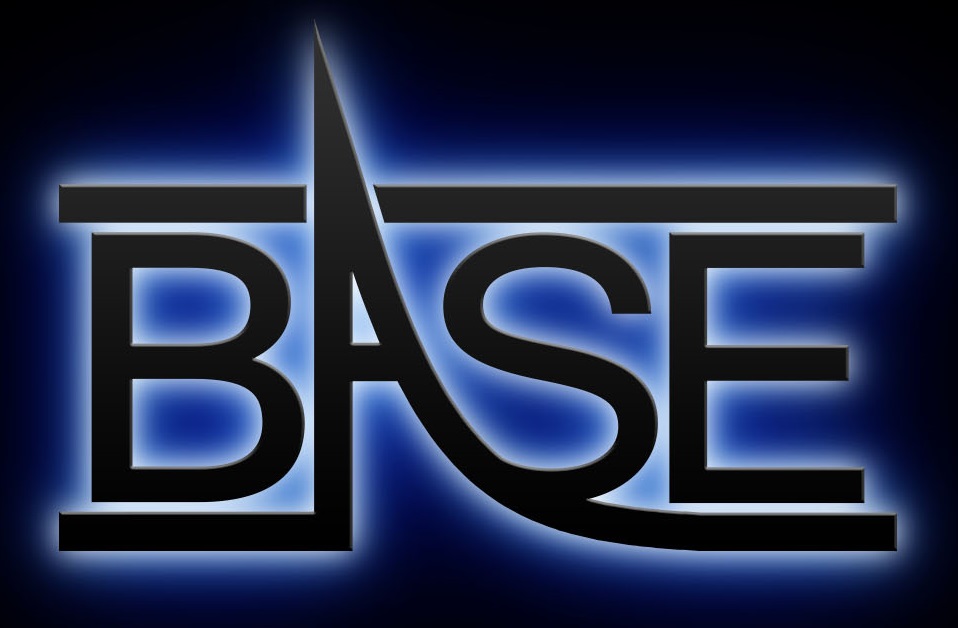One of the highlights in the annual Physics calendar is the announcement of the “Physics Breakthroughs of the Year”, by the journal Physics World. This year, our paper on "Sympathetic cooling of protons mediated by a superconducting LC-circuit", published in Nature, was selected as one of the top ten achievements made in 2021.
According to Physics World, the selections must meet the following criteria:
- Significant advance in knowledge or understandin
- Importance of work for scientific progress and/or development of real-world applications
- Of general interest to Physics World readers
Our paper was nominated in combination with work by our colleagues from the ALPHA collaboration, which demonstrated for the first time cooling of antihydrogen atoms. Both efforts together are nominated for “the development of innovative particle cooling techniques”. Other related breakthroughs on the list are the muon g-2 experiment at Fermilab and their improved measurement of the muon magnetic moment anomaly, the event horizon telescope collaboration and their first image showing the polarization of light in the region surrounding a supermassive black hole, and the observation of Pauli blocking in ultracold gases of fermionic atoms. For the full list of finalists follow this link.
Here is a share of the nomination, copied from the Physics World website: Innovative particle cooling techniques
To researchers from the Antihydrogen Laser Physics Apparatus (ALPHA) and the Baryon Antibaryon Symmetry Experiment (BASE) collaborations at CERN, for two separate studies presenting new ways to cool particles and antiparticles. The techniques could pave the way for precision studies examining the matter–antimatter asymmetry in the universe. The ALPHA collaboration demonstrated for the first time. To achieve this, the physicists developed a new type of laser, which produces 121.6 nm laser pulses, to cool the antiatoms. They then measured a key electronic transition in antihydrogen with unprecedented precision, a breakthrough that could lead to improved tests of other key properties of antimatter. The BASE researchers, meanwhile, showed how to extract heat from a single proton" via a superconducting circuit connected to a cloud of laser-cooled ions several centimetres away – a technique, they say, that could easily be applied to antiprotons.
